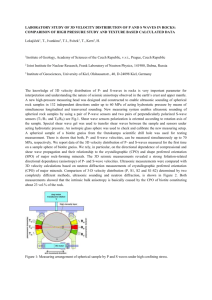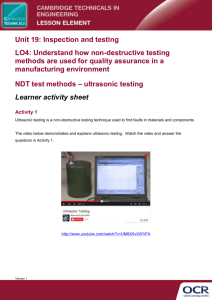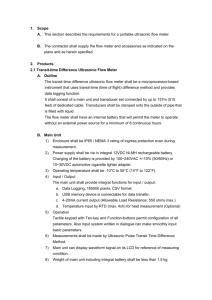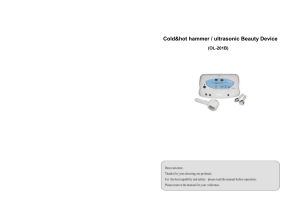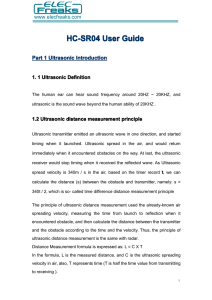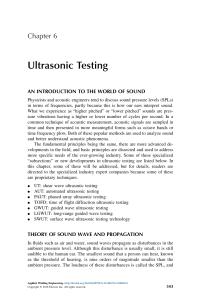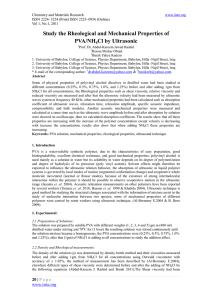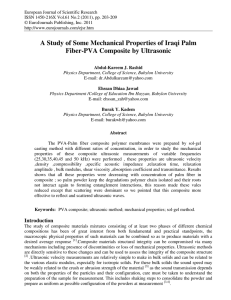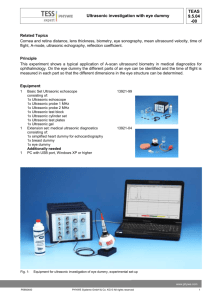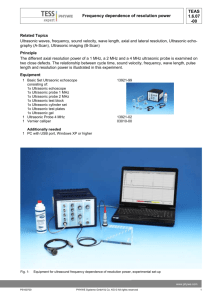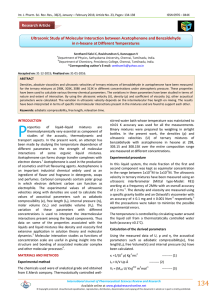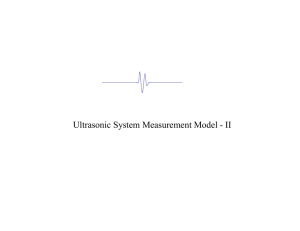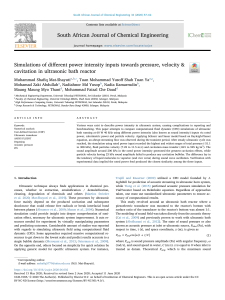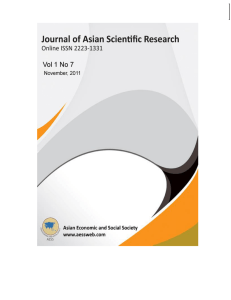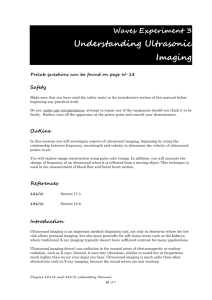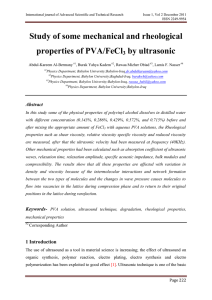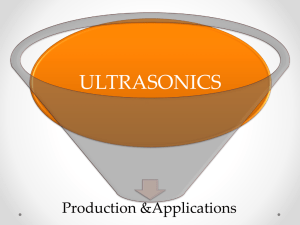Abstract Example 2
advertisement
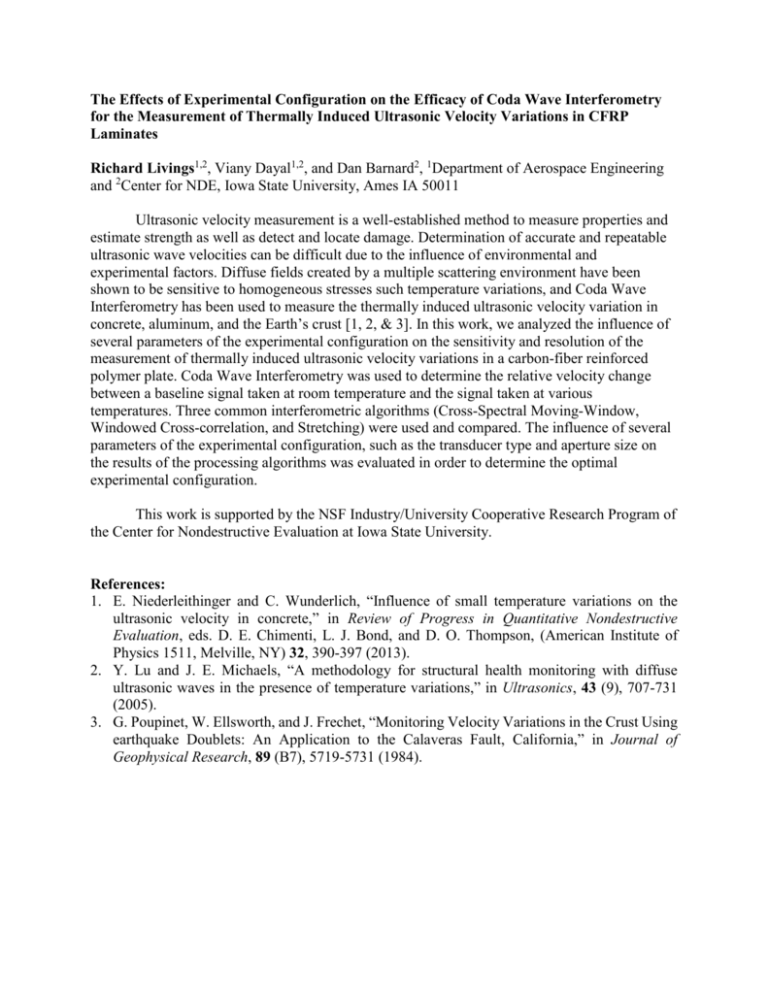
The Effects of Experimental Configuration on the Efficacy of Coda Wave Interferometry for the Measurement of Thermally Induced Ultrasonic Velocity Variations in CFRP Laminates Richard Livings1,2, Viany Dayal1,2, and Dan Barnard2, 1Department of Aerospace Engineering and 2Center for NDE, Iowa State University, Ames IA 50011 Ultrasonic velocity measurement is a well-established method to measure properties and estimate strength as well as detect and locate damage. Determination of accurate and repeatable ultrasonic wave velocities can be difficult due to the influence of environmental and experimental factors. Diffuse fields created by a multiple scattering environment have been shown to be sensitive to homogeneous stresses such temperature variations, and Coda Wave Interferometry has been used to measure the thermally induced ultrasonic velocity variation in concrete, aluminum, and the Earth’s crust [1, 2, & 3]. In this work, we analyzed the influence of several parameters of the experimental configuration on the sensitivity and resolution of the measurement of thermally induced ultrasonic velocity variations in a carbon-fiber reinforced polymer plate. Coda Wave Interferometry was used to determine the relative velocity change between a baseline signal taken at room temperature and the signal taken at various temperatures. Three common interferometric algorithms (Cross-Spectral Moving-Window, Windowed Cross-correlation, and Stretching) were used and compared. The influence of several parameters of the experimental configuration, such as the transducer type and aperture size on the results of the processing algorithms was evaluated in order to determine the optimal experimental configuration. This work is supported by the NSF Industry/University Cooperative Research Program of the Center for Nondestructive Evaluation at Iowa State University. References: 1. E. Niederleithinger and C. Wunderlich, “Influence of small temperature variations on the ultrasonic velocity in concrete,” in Review of Progress in Quantitative Nondestructive Evaluation, eds. D. E. Chimenti, L. J. Bond, and D. O. Thompson, (American Institute of Physics 1511, Melville, NY) 32, 390-397 (2013). 2. Y. Lu and J. E. Michaels, “A methodology for structural health monitoring with diffuse ultrasonic waves in the presence of temperature variations,” in Ultrasonics, 43 (9), 707-731 (2005). 3. G. Poupinet, W. Ellsworth, and J. Frechet, “Monitoring Velocity Variations in the Crust Using earthquake Doublets: An Application to the Calaveras Fault, California,” in Journal of Geophysical Research, 89 (B7), 5719-5731 (1984).

